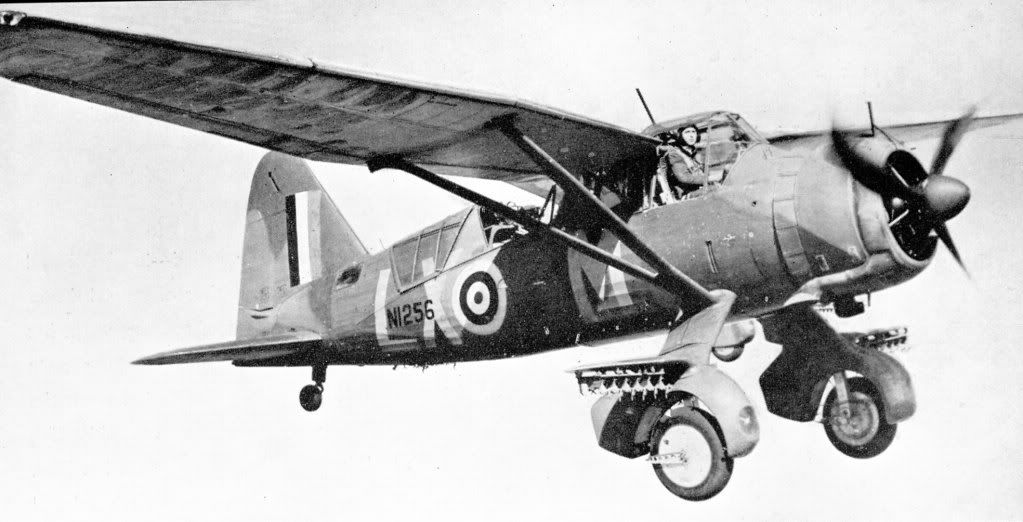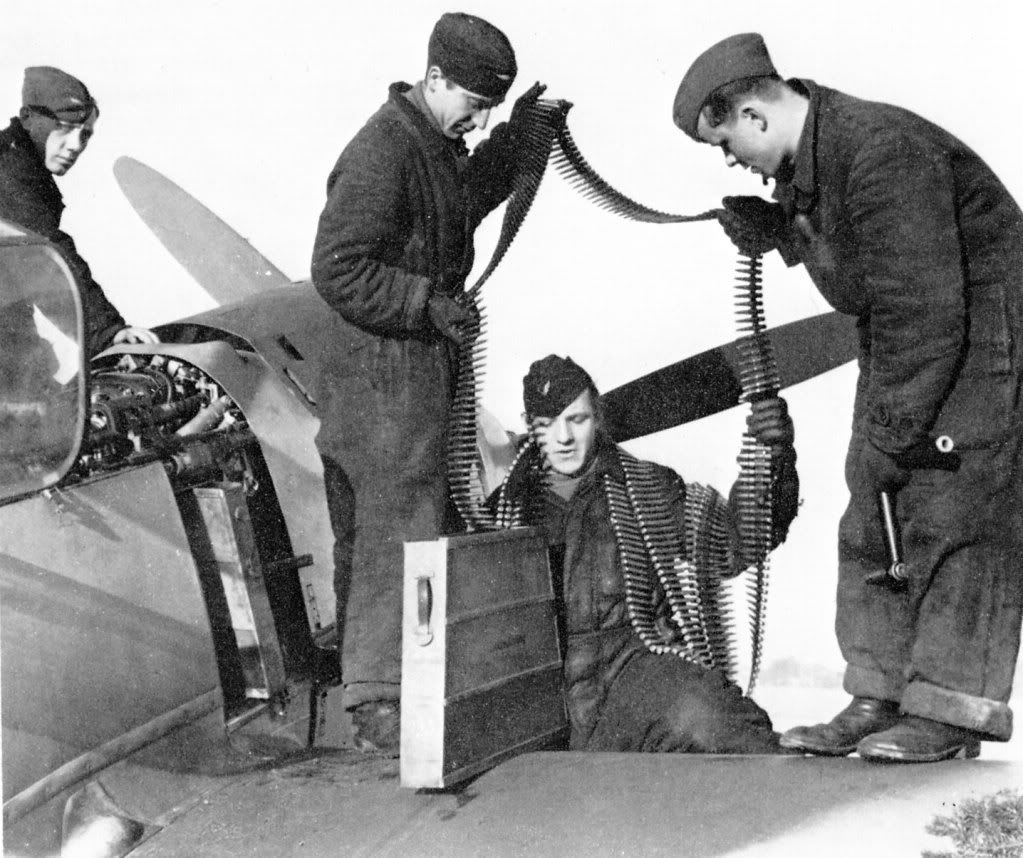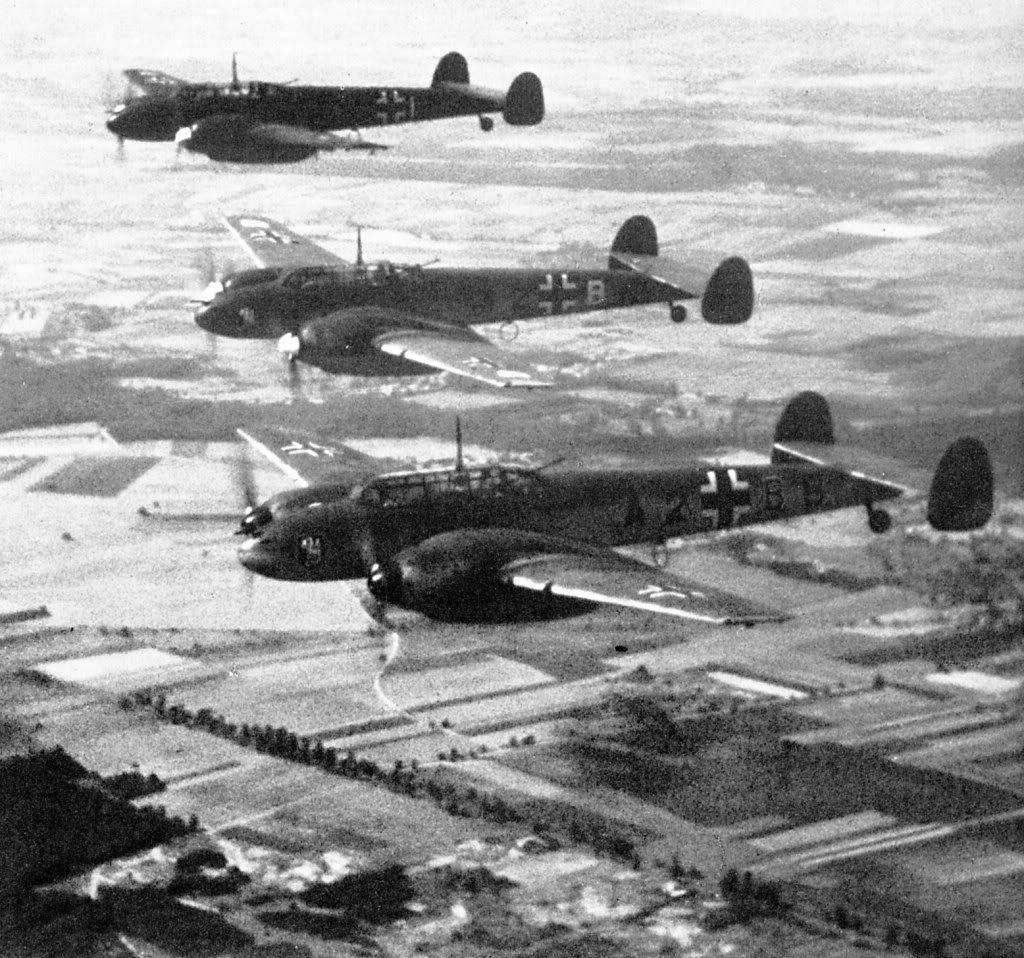Part 9 – Lysanders.
June, 1940
THE WORK OF AN ARMY CO-OPERATION SQUADRON IN FRANCE
BY A WING COMMANDER
I think I may say that the work of our Army Co-operation squadrons during the fighting in France and Belgium was of the utmost value. Broadly speaking, our job is to find out about enemy concentrations and movements either behind the front or in it, the existence of bases and trenches, the effect of artillery fire on targets, and to take photographs. Photography is a very important part of our job; camouflage, for example, may easily deceive the eye, but not the camera. Information obtained is then quickly passed back to the Army either by means of wireless or by messages dropped in little leaded canvas bags. And then the Army does its stuff.
Reconnaissance often entails flying very low over the enemy to obtain results and machines are almost bound to be damaged by A.A. fire. The very first morning we established contact with the enemy one of my people had to go down to fifty feet to obtain the information he needed. He got it and got away. On another occasion I remember seeing one of our machines come back with one of its ailerons completely blown away and the pilot practically without any kind of control. But somehow he managed to land successfully, and after all-night work by the ground staff the wing was changed and the aircraft ready to fly again next morning.
Another pilot of my squadron once found himself up against no fewer than six Messerschmitt 110s. He was flying quite alone, but by putting his machine into a steep spiral and so losing height rapidly to almost ground level managed to evade the Germans. Actually, although he ended up within only a few feet of the ground he contrived to return to our lines by hedge-hopping, dodging round church spires, and wriggling past various power cables and other obstructions. While all this was going on, his gunner was busy and shot down one of the Messerschmitts in flames and so badly damaged another that it flew clean out of the combat.
One day one of our pilots was observing the forward movement of the enemy while British troops were being withdrawn, when he noticed in the distance German advance guards on bicycles, pedalling frantically along one of those long straight Belgian roads.
The temptation was too much for our pilot, so down he dived at the cyclists, directing his front guns on them, and had them in such quick confusion that the leaders fell or were knocked off their machines. The result was that those in the rear ran into those in front and in a moment or two the whole road was a seething mass of overturned cyclists, most of them cursing, all of them trying to struggle into the nearest ditch. Then, as the aircraft rose again, the rear-gunner had a crack at them as well.
In all the Corps Squadrons we have a very large number of airmen attached to artillery and other Army units to work the wireless receivers. On one occasion a party under a sergeant was detailed to the awkward job of holding up the enemy who were crossing a bridge. They managed it so well with their rifles that an Army officer described the incident to me as being worthy of the best British infantry, which I think was a pretty high tribute to men who are not trained as infantrymen at all. Others during the evacuation of Dunkirk helped actually to fire guns, and all of them assisted the Army units just as if they had been soldiers. On one occasion when a column of our transport was being heavily attacked from the air one of our operators saw a Bren gun which was not being manned. He at once jumped on the lorry and fired the Bren gun at a Heinkel and brought it down in flames with his first shot. He told me afterwards that the cheering which greeted his exploit lasted for some minutes.
Besides this type of work squadrons of the Lysanders helped the ground troops greatly by dropping supplies of all kinds, including water and ammunition, on besieged garrisons, such as Calais and did so usually under the heaviest of enemy A.A. fire and the continual pestering of enemy fighters. Yet I believe I am right in saying that only one package dropped from the air fell outside the area occupied by our own forces—which says a great deal for the accuracy as well as for the determination of the pilots who dropped them.
I don't know whether we will have to do this work over here, and if we do we have had pretty good practice at it.

The Westland Lysander

The Photograph Speaks. Photographs taken on reconnaissance flights are developed at once and examined by experts.

Armourers loading the synchronised MG 17s of a Bf 109E.

Bf 110C-2s of I./ZG 52.